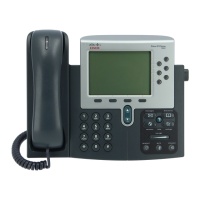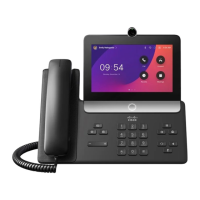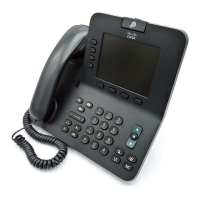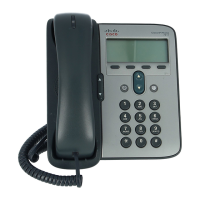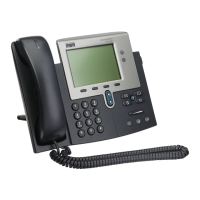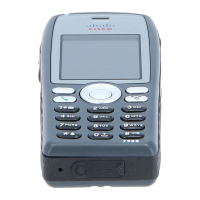B-50
Cisco SIP IP Phone Administrator Guide
AppendixB SIP Call Flows
Call Flow Scenarios for Failed Calls
Gateway-to-Cisco SIP IP Phone—Client, Server, or Global Error
Figure B-16 illustrates an unsuccessful call in which User A initiates a call to User B and receives a class
4xx, 5xx, or 6xx response.
Figure B-16 Gateway-to-Cisco SIP IP Phone—Client, Server, or Global Error
Step Action Description
1. Setup—PBX A to Gateway 1 Call Setup is initiated between PBX A and Gateway 1. The Call Setup includes
the standard transactions that take place as User A attempts to call User B.
2. INVITE—Gateway 1 to
Cisco SIP IP phone
Gateway 1 maps the SIP URL phone number to a dial peer. The dial peer includes
the IP address and the port number of the SIP enabled entity to contact. Gateway
1 sends a SIP INVITE request to the address it receives as the dial peer which, in
this scenario, is the Cisco SIP IP phone.
In the INVITE request:
• The IP address of the Cisco SIP IP phone is inserted in the Request-URI
field.
• PBX A is identified as the call session initiator in the From field.
• A unique numeric identifier is assigned to the call and is inserted in the
Call-ID field.
• The transaction number within a single call leg is identified in the CSeq
field.
• The media capability User A is ready to receive is specified.
• The port on which the gateway is prepared to receive the RTP data is
specified.
IP
SIP IP Phone
User B
3. Call Proceeding
6. Disconnect
1. Setup
PBX A
User A
GW1 IP Network
4. 100 Trying
5. 4xx/5xx/6xx Failure
8. ACK
2. INVITE
9. Release Complete
7. Release
41727
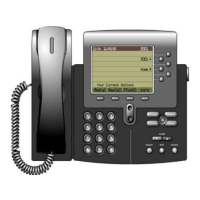
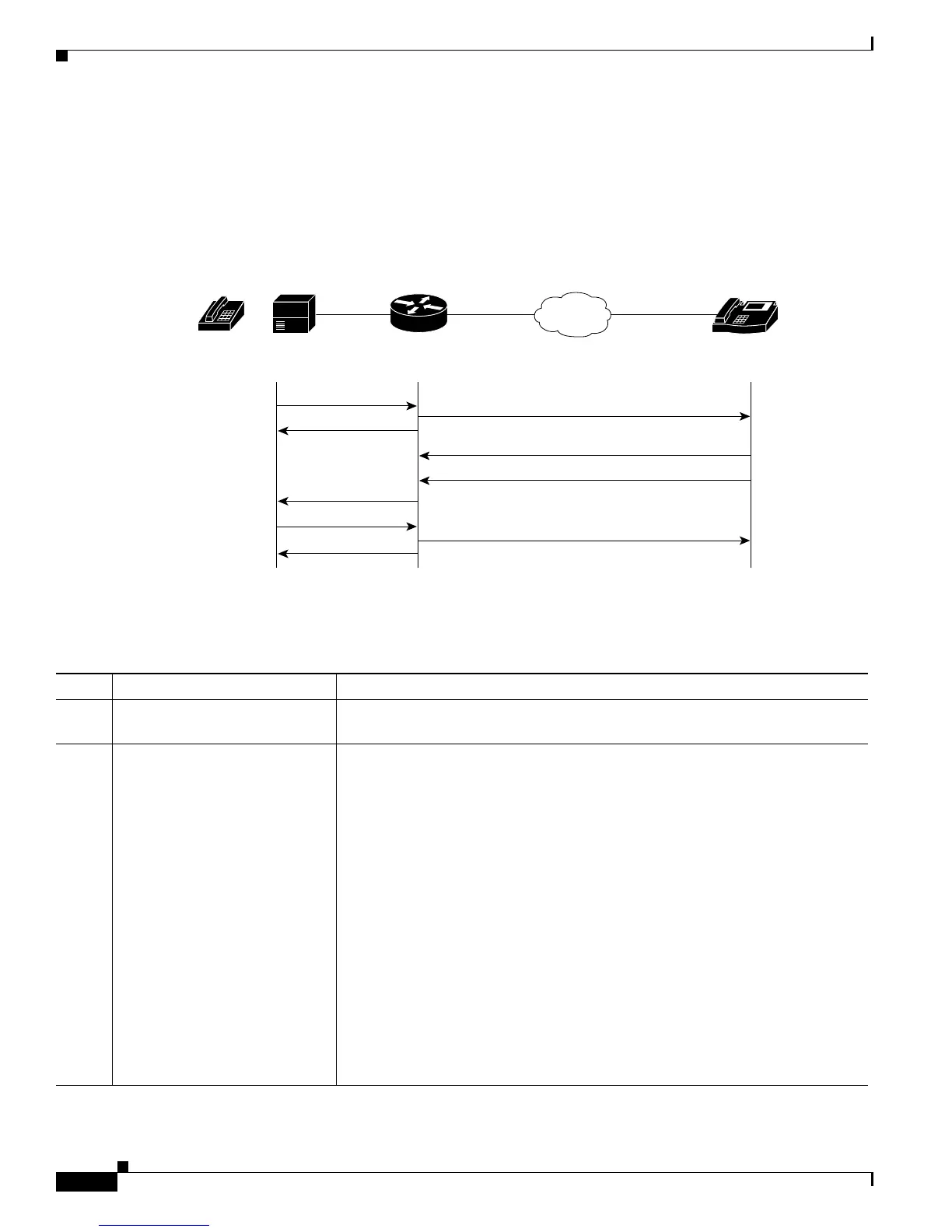